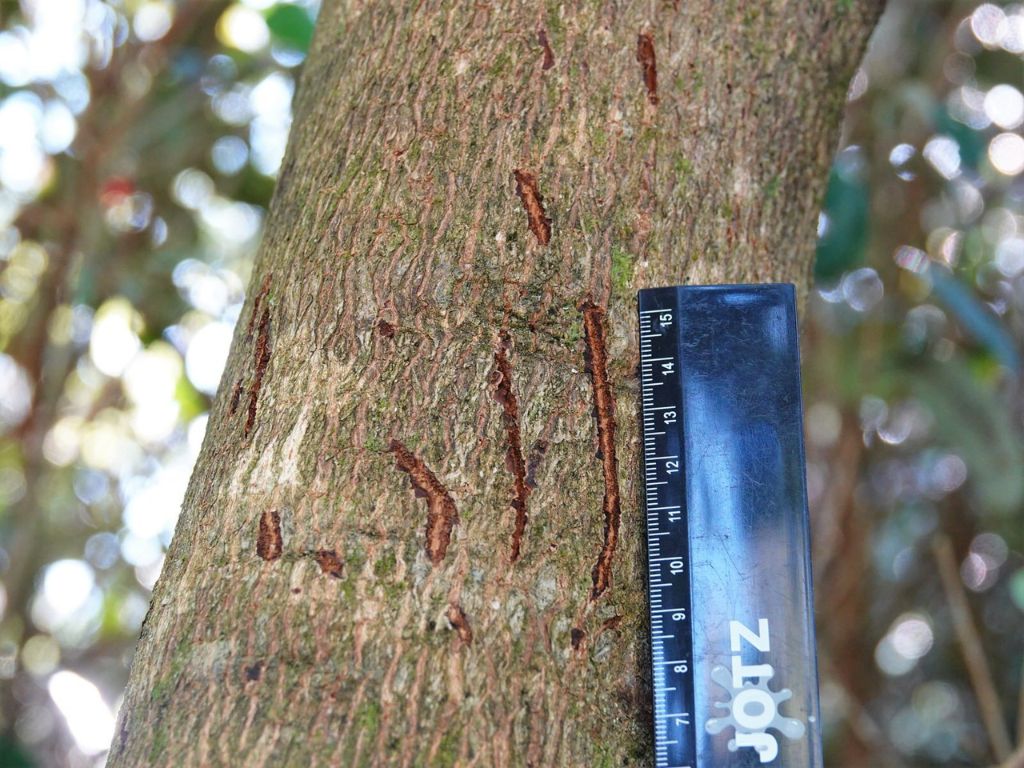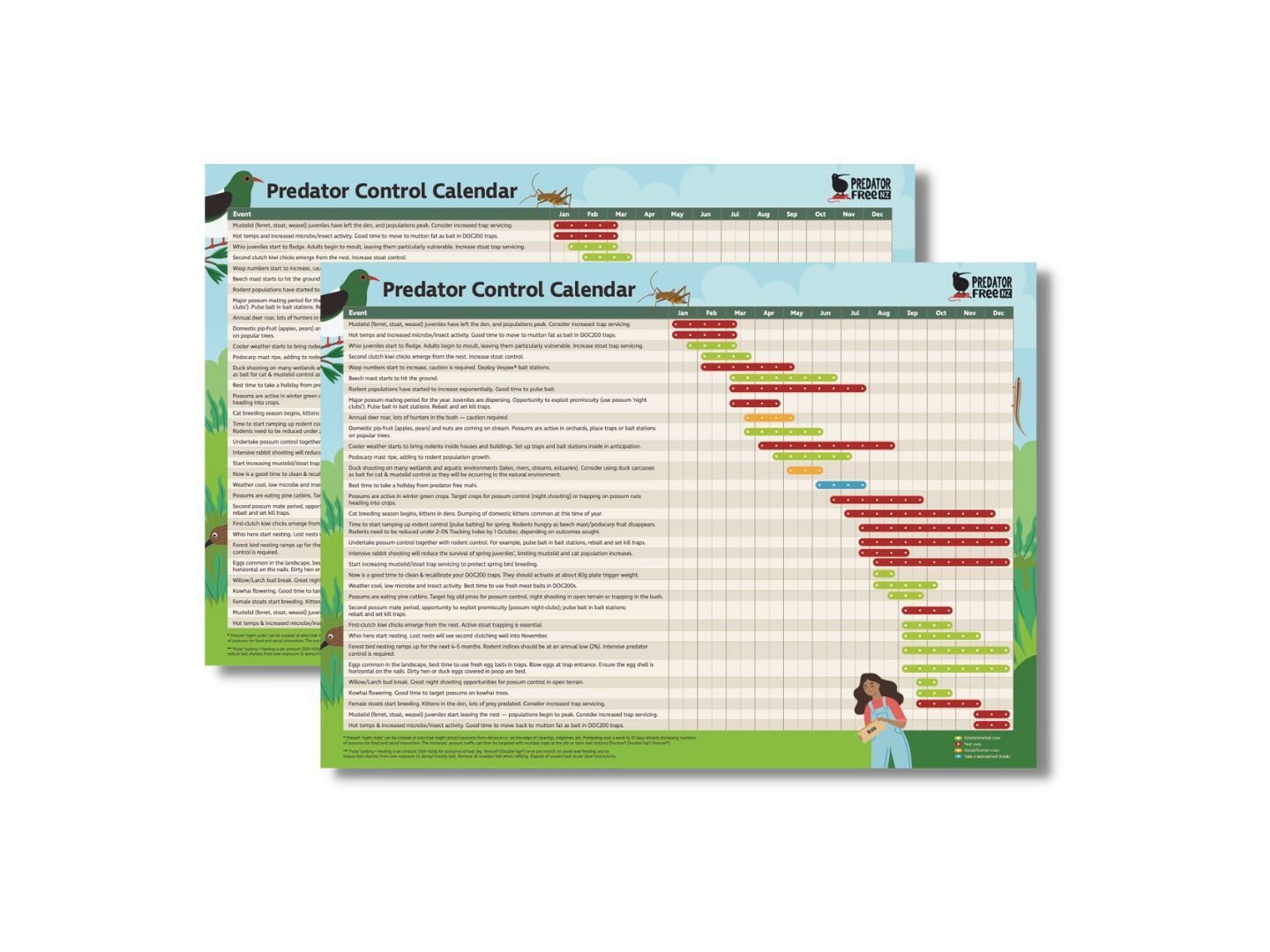So, you’ve set your possum trap, hoping to make a dent in the possum population destroying your fruit trees and eating birds’ eggs and invertebrates in your backyard…but your trap remains untouched. It’s time to try our troubleshooting tips to turn your luck around:
1. Find the right spot
First things first, let’s check your trap placement.
Take a good look around your backyard and search for signs of possum activity. Keep an eye out for crescent-shaped droppings, scratch marks on trees, half-eaten plants, or partially eaten leaves scattered under trees – possums are messy eaters.
Possums often follow the same tracks, forming flattened paths about 20cm wide. Plus, possums often have their favourite trees that they regularly visit, leaving scratch marks on the bark and heavily browsing leaves and fruit.
Ensure you place the trap in full view. Possums tend to run along trails, especially when the undergrowth or grass is wet. If you’re not getting results, keep trying different locations.

2. Follow your nose

Possums have a nose for good food, so it’s essential to entice them with an irresistible lure. They are also curious by nature, and they’ll venture far and wide to sniff out a new aroma.
Use a lure with a smell that stands out, like cinnamon, peppermint or aniseed. A scent not commonly found in your backyard will pique a possum’s interest and make them want to investigate.
Experiment with different smells and flavours to see what works. Try fruits, packaged lure pastes, or oats soaked in peppermint oil.
If you’ve tried a lure for a while and you’ve had no luck – try another. Create a possum hotspot with pre-feeding. Feed possums regularly for about a week with the trap left unset. Once possums are clearly visiting the site and eating the pre-feed, set the trap.
3. Stay seasonal
Possums are opportunistic eaters. Up your trapping game by considering what’s fruiting and flowering through the year (PDF, 102KB). And then, move your trap near these plants accordingly.
Let’s break it down:
- March – June: Domestic pip-fruit (apples, pears) and nuts are ripening.
- June – September: Possums are active in winter green crops. Target crops for possum control trapping on possum runs heading into crops.
- August – September: Possums are eating pine catkins. Target big old pines.
- September – November: Kōwhai is flowering. It’s a good time to target possums on kōwhai trees.
- October – December: Willow and larch buds are breaking.
4. TLC

Sometimes the simplest explanation is the right one. Is your trap in working order?
Give your trap a thorough look-over. Start by ensuring that your trap is clean and correctly set.
Check all the parts to make sure they’re intact. A little maintenance and a keen eye can go a long way in ensuring your trap is in prime condition and ready to catch possums. Take a look at the instructions for your trap model if you need a refresher.
Remember, clean traps catch best. If your trap is dirty, use a scrubbing brush to scrub down the trap and surrounding area.
5. Hungry eyes
Possums are drawn to bright colours – particularly white. Take advantage of this by using a scented flour lure. Predator control expert Cam Speedy swears by his scented flour lure recipe.
At night, the white flour stands out and practically glows in the dark. Smear the scented flour paste up surrounding trees and around the trap as a visual lure. Remember to avoid your bait stations and traps to prevent them from getting mouldy.
Another bonus is that other creatures will also take interest and then take the scent away on their paws, in their fur and on their breath, spreading the news to others – ‘check out this food source!’



